Peyronie's Curvature
What is Peyronie's Disease? Approximately 0.4%-1% of the adult male population is affected by Peyronies disease. This is when the male suffers a curvature of the penis usually caused by the development of plaques of fibrous tissue in the penile shaft. Although this does not usually present a threat to a man's general physical health, the fibrous tissue can result in pain, particularly during erection. This may lead to difficulties in achieving coitus, giving rise to considerable distress, a loss of confidence, relationship difficulties and a collapse in the over-all sense of psychological well-being.
What are Penile Traction devices and how do they work? Penile traction devices were originally developed as penis extenders to help men permanently increase the size of their penis. They achieve this by a natural, physiological process called 'cytokenesis' whereby the body responds to sustained tension applied to a particular area (in this case the penile shaft) by encouraging cell division. This results in natural growth. Penile traction devices have proved to be highly effective in encouraging penile extension and, as a result, it was realised that the application of traction pressure could also help to stretch-out and so reduce the penile curvature that is typical of Peyronies disease. The basic components of a penile traction device comprise of a plastic collar that fits around the head of the penis. This attaches to two movable metal rods positioned to run down the side of the penis. The rods generate upward tension by placing pressure on a plastic support base that rests against the body.
Studies of Penile Traction for Peyronies Disease Treatment. There are a number of clinical research papers that indicate the value of penile traction devices as an effective, non-surgical treatment for Peyronies disease. For example, one study in 2008 reviewed the treatment progress of ten men. (For full results please see: Levine LA et al. Penile traction therapy for treatment of Peyronies disease: a single-center pilot study. Journal of Sexual Medicine 2008 Jun; 5(6): 1468-73). All the research participants used a traction device for 2-8 hours daily over a six month period. No other treatment was used by the men during this time. When the researchers assessed the improvements achieved at the end of this treatment period, they found that there was:
a reduction in penile curvature that averaged 33%
participants reported an increase in penile length of between 1.0 2.5 cms and in girth of 0.5 2.0 cms
the men also reported improvements in erectile function.
No negative side effects were reported.

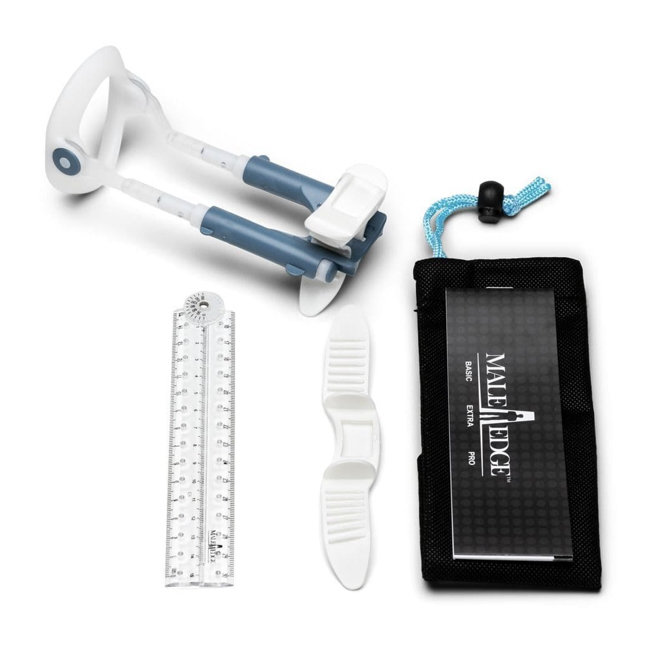
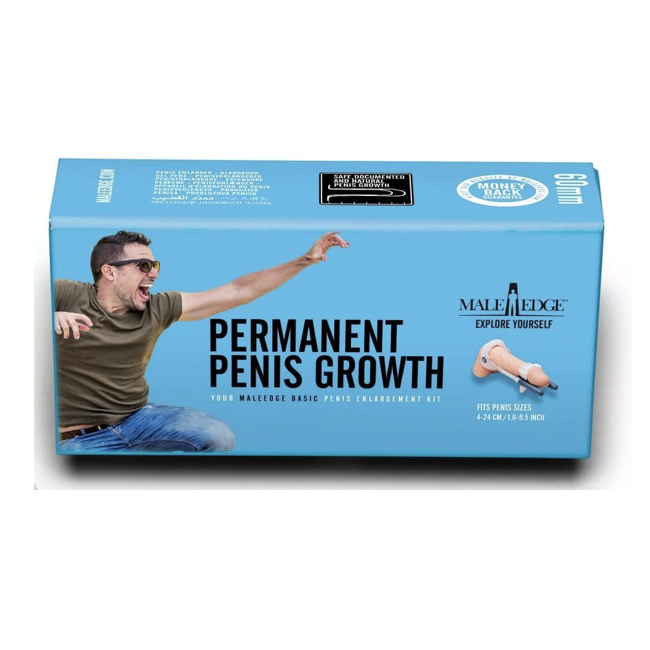
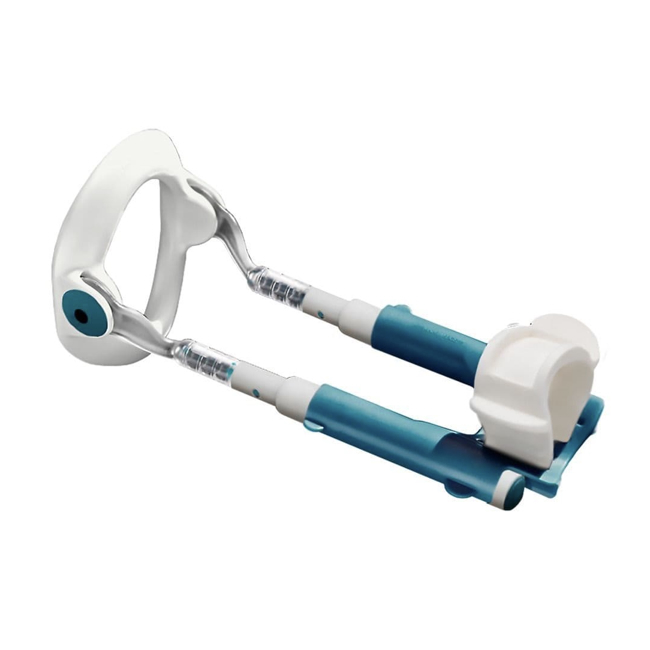
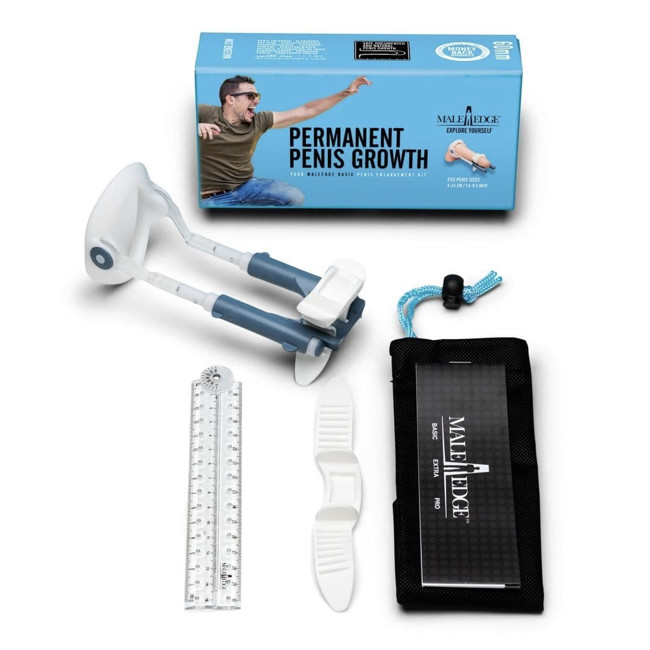
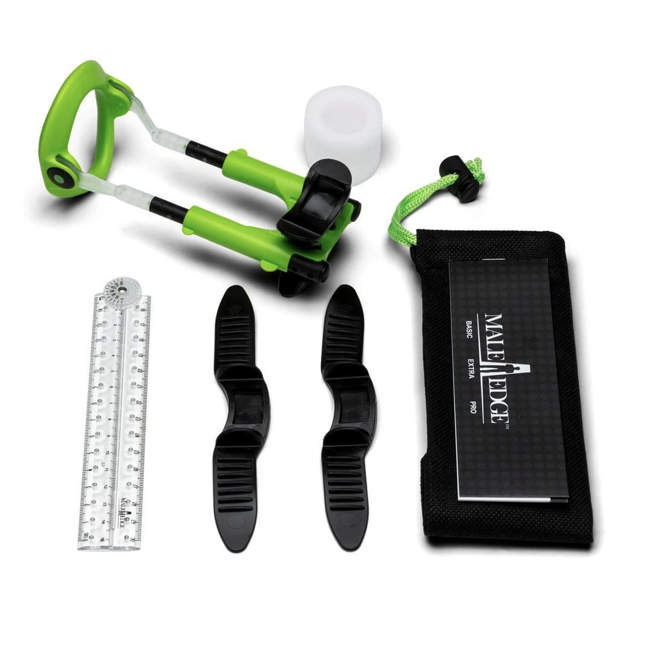

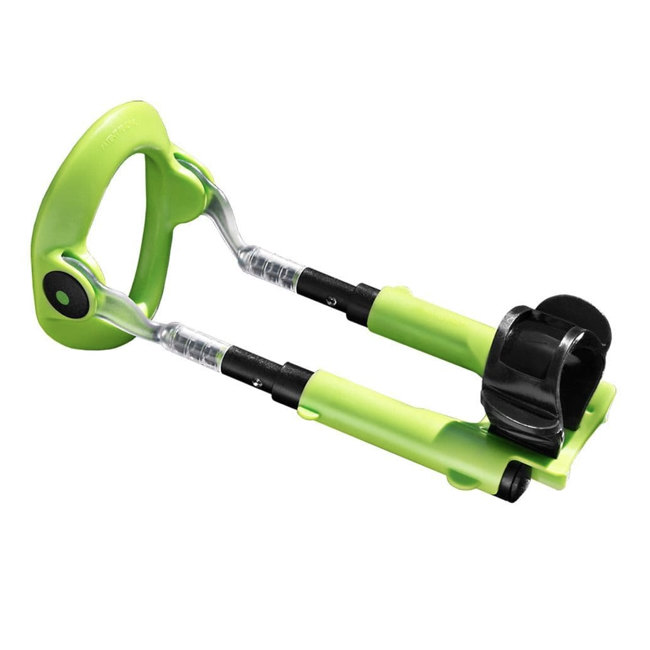

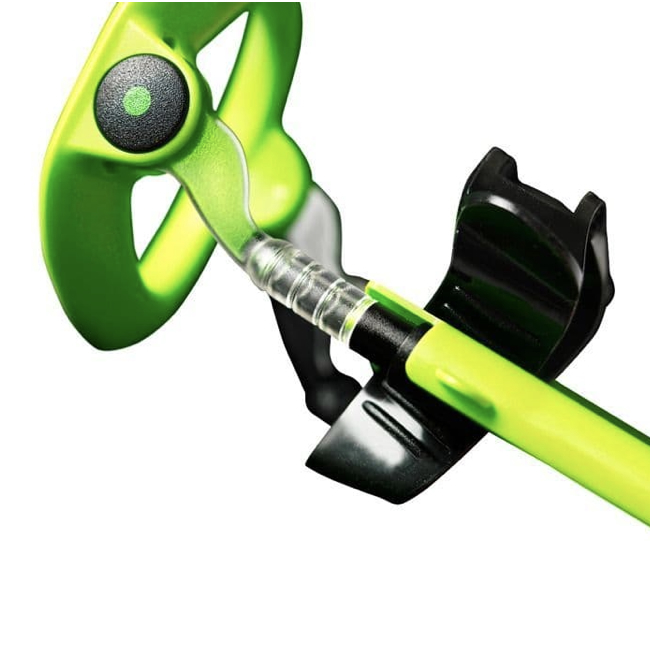

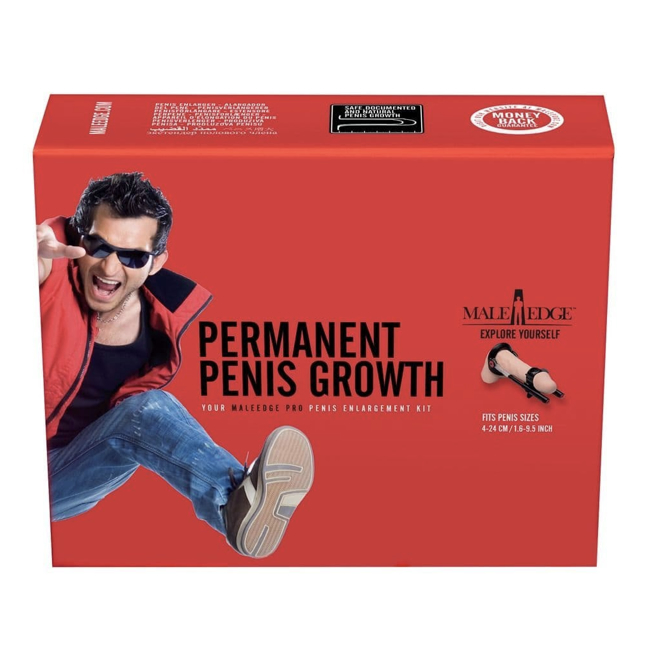
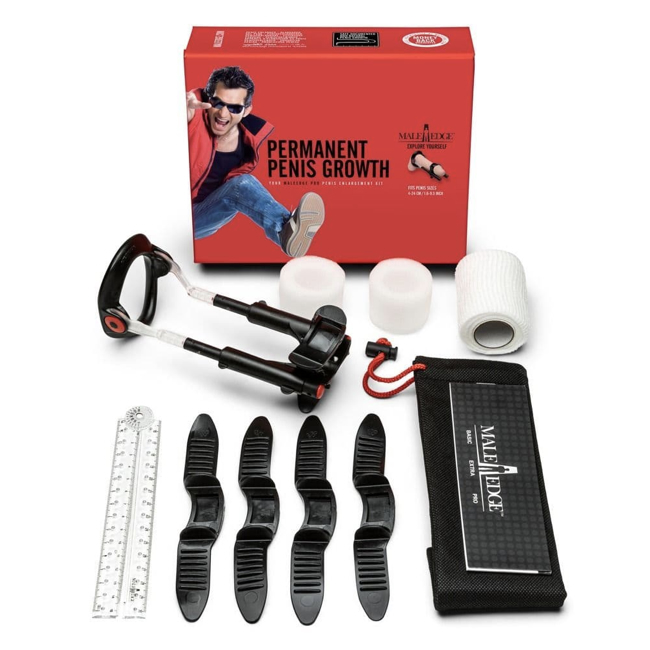
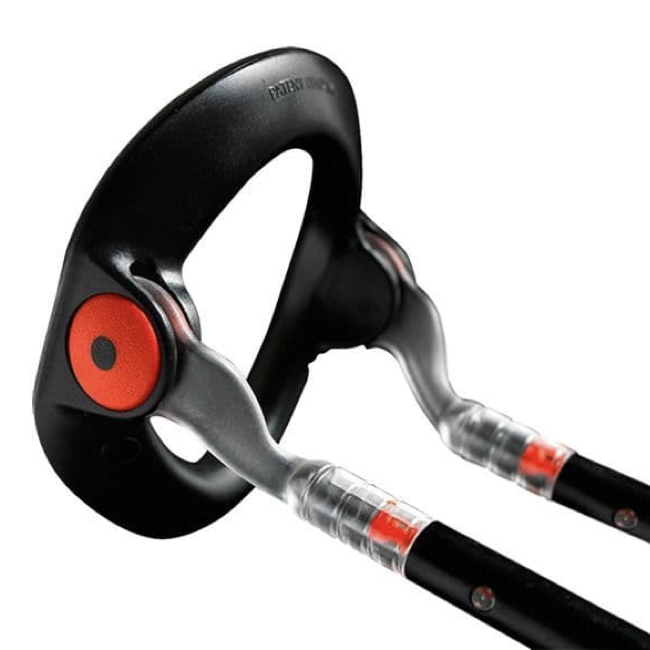
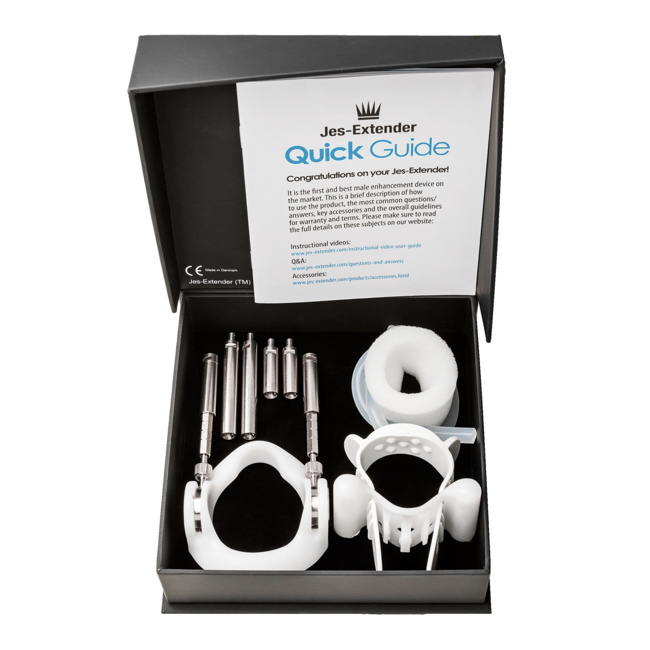
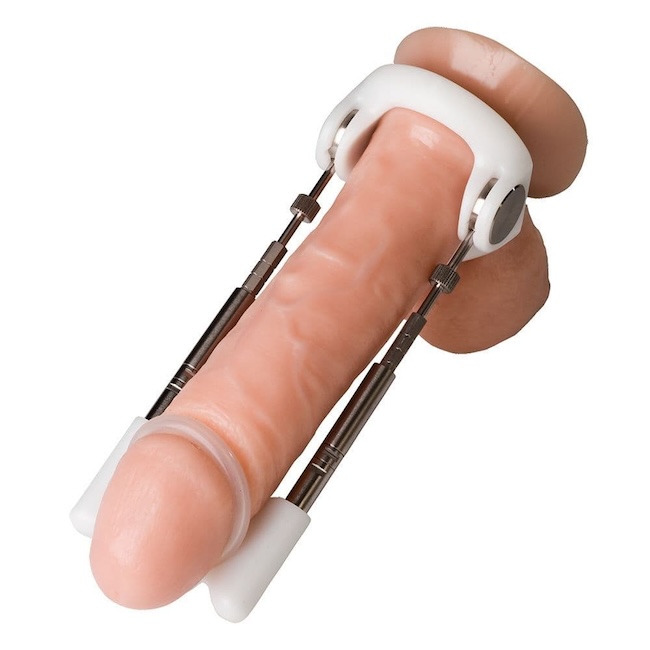
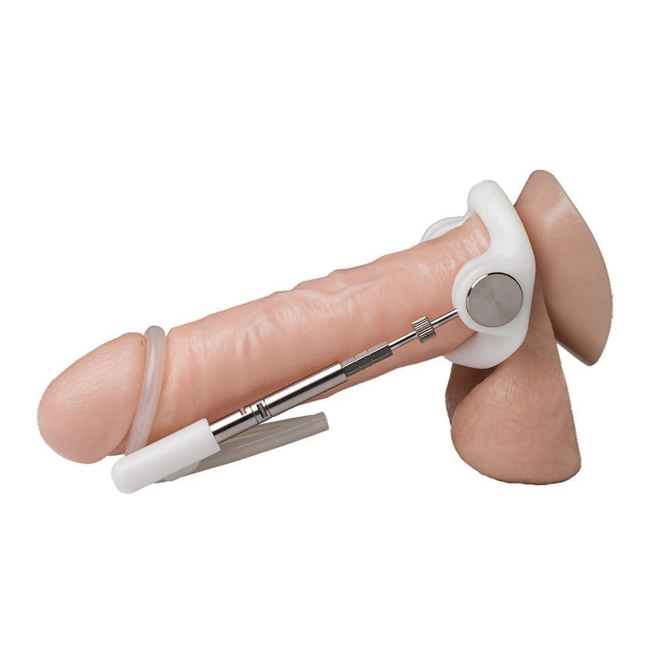
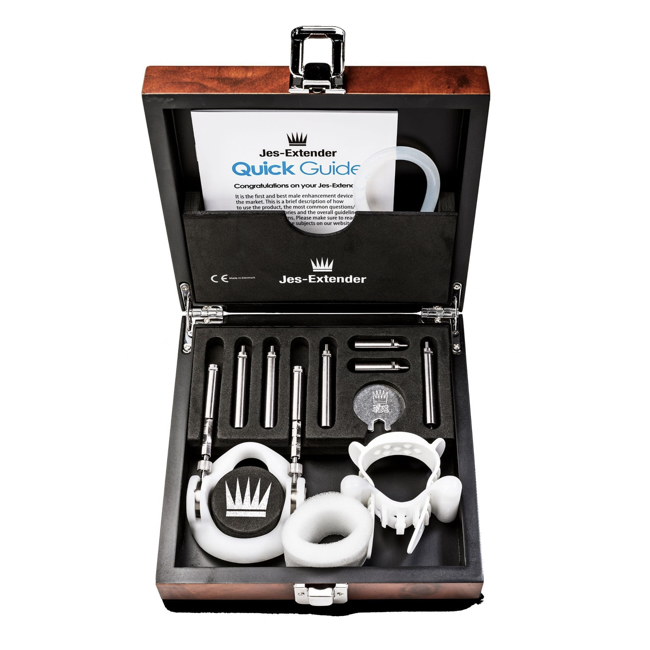
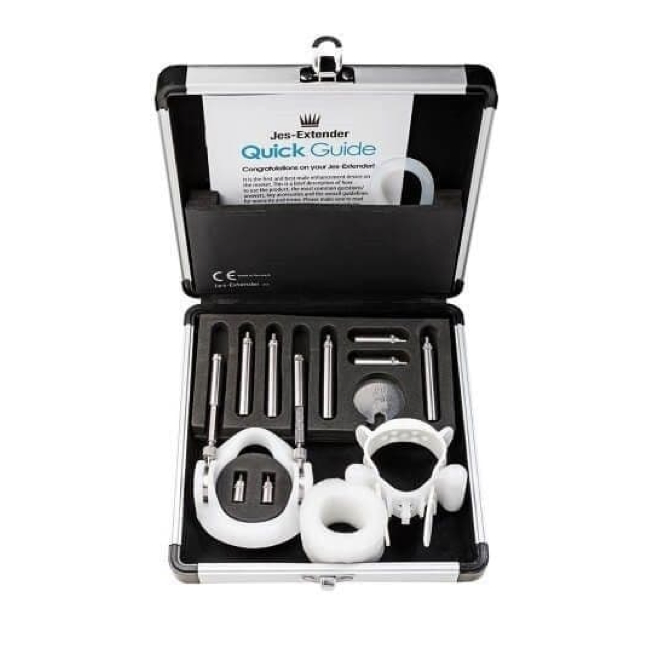
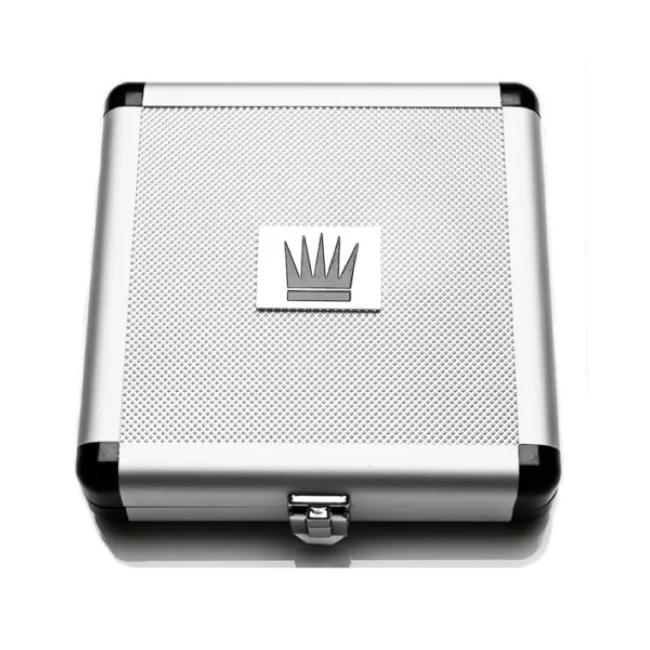

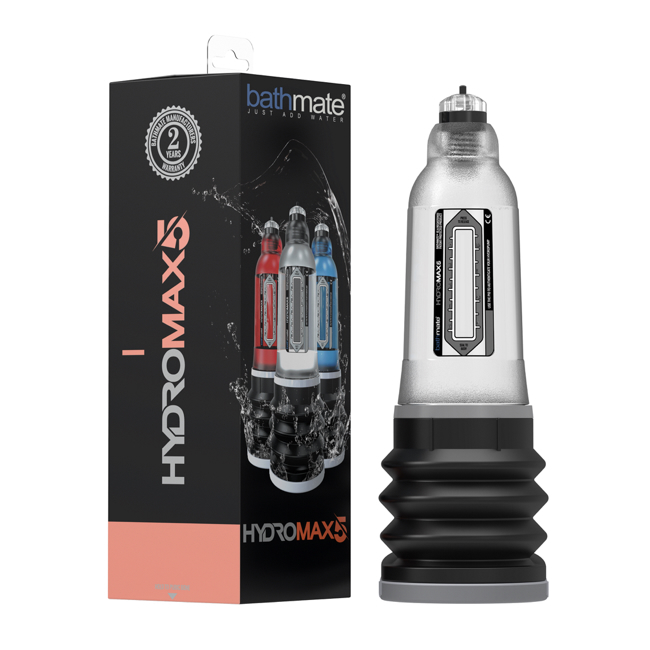
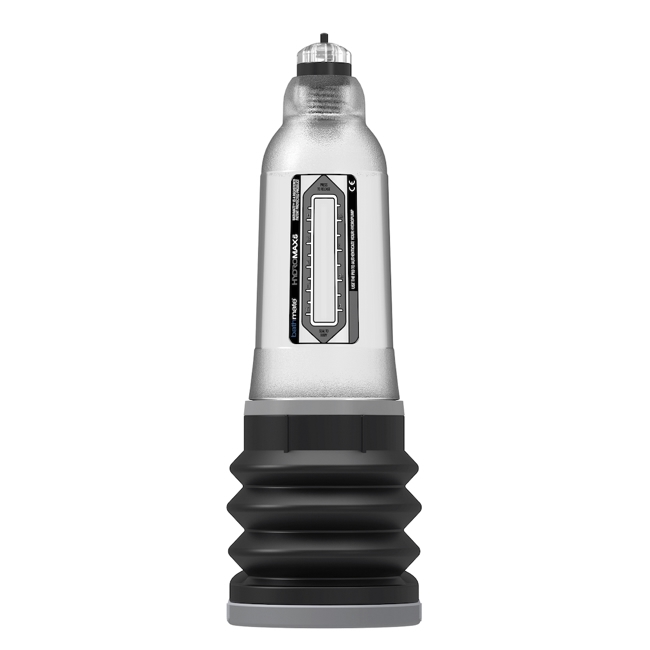
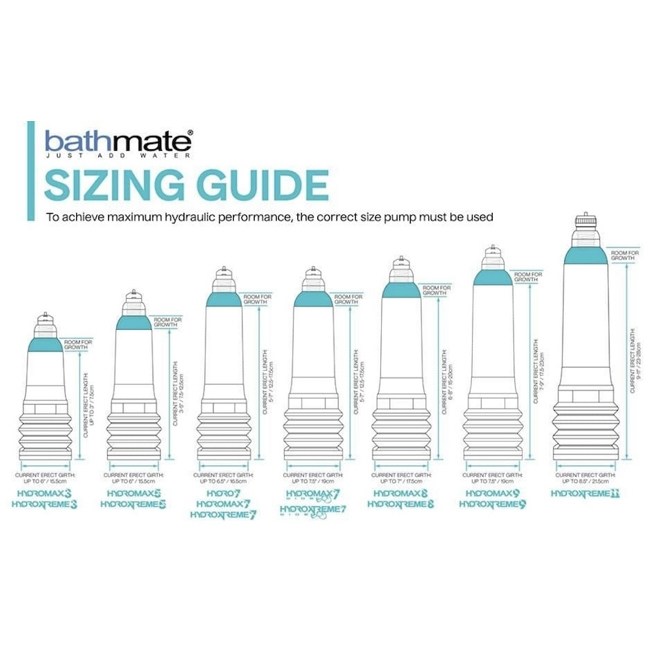
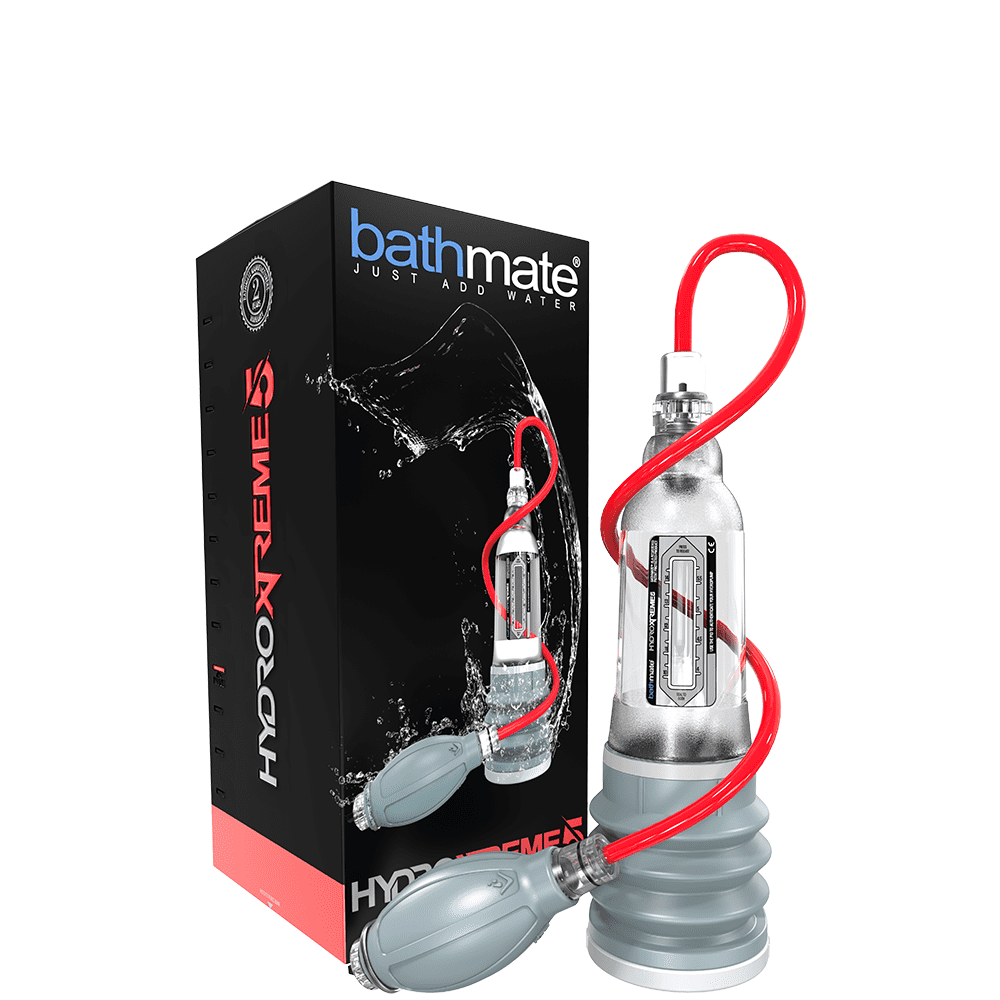
-2602-p.png)
-2602-p.png)

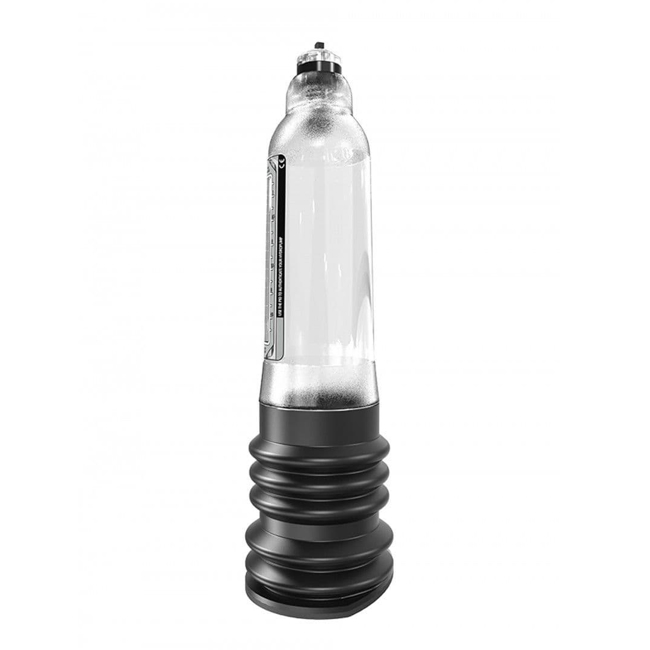
-2588-p.png)
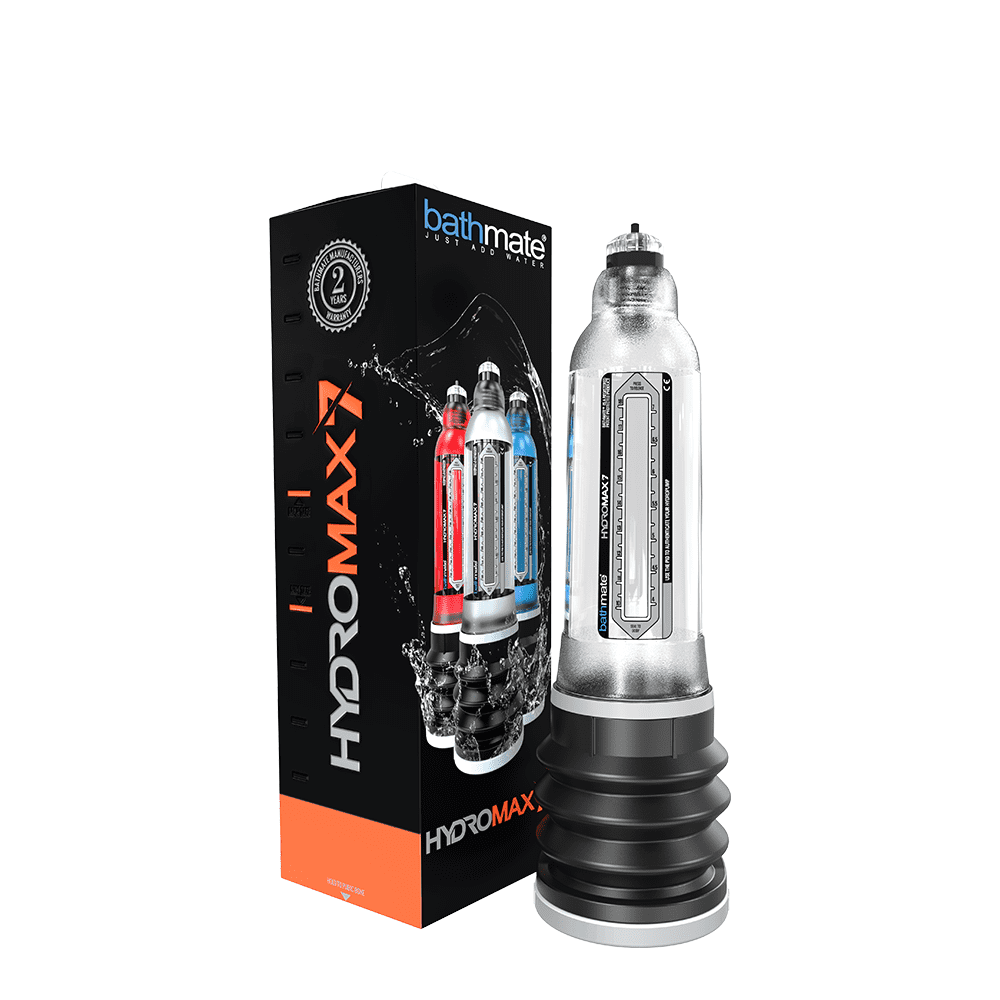
-2591-p.png)
-2591-p.png)
-2591-p.png)
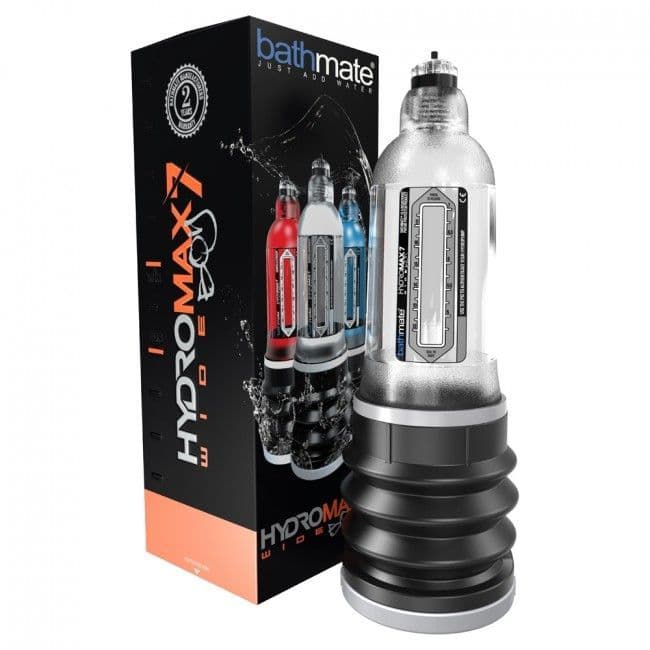
-2753-p.jpg)
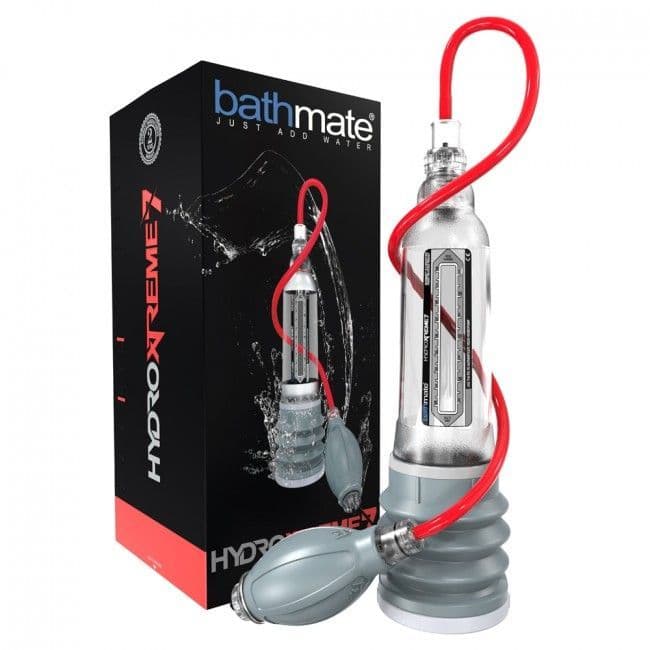
-2607-p.jpg)
-2607-p.jpg)
-2607-p.jpg)
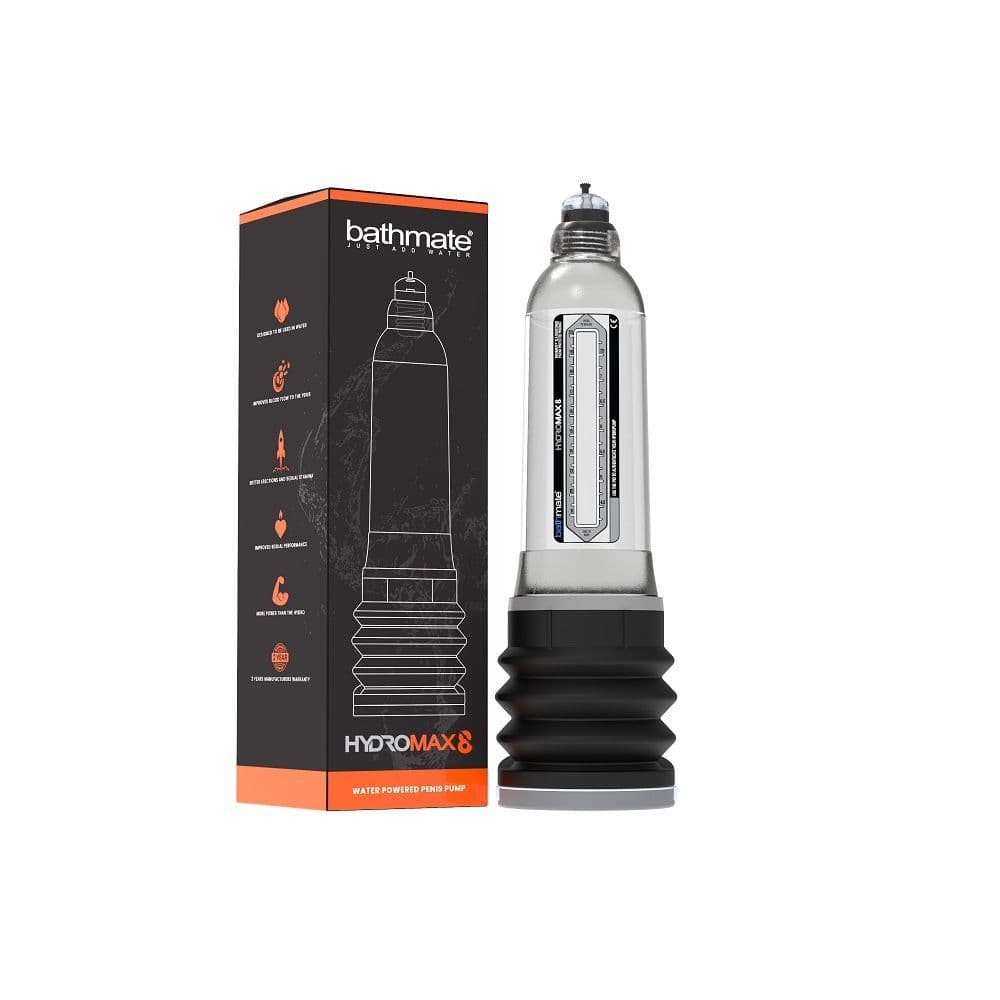
-4736-p.jpg)

-4824-p.jpg)
-4824-p.jpg)
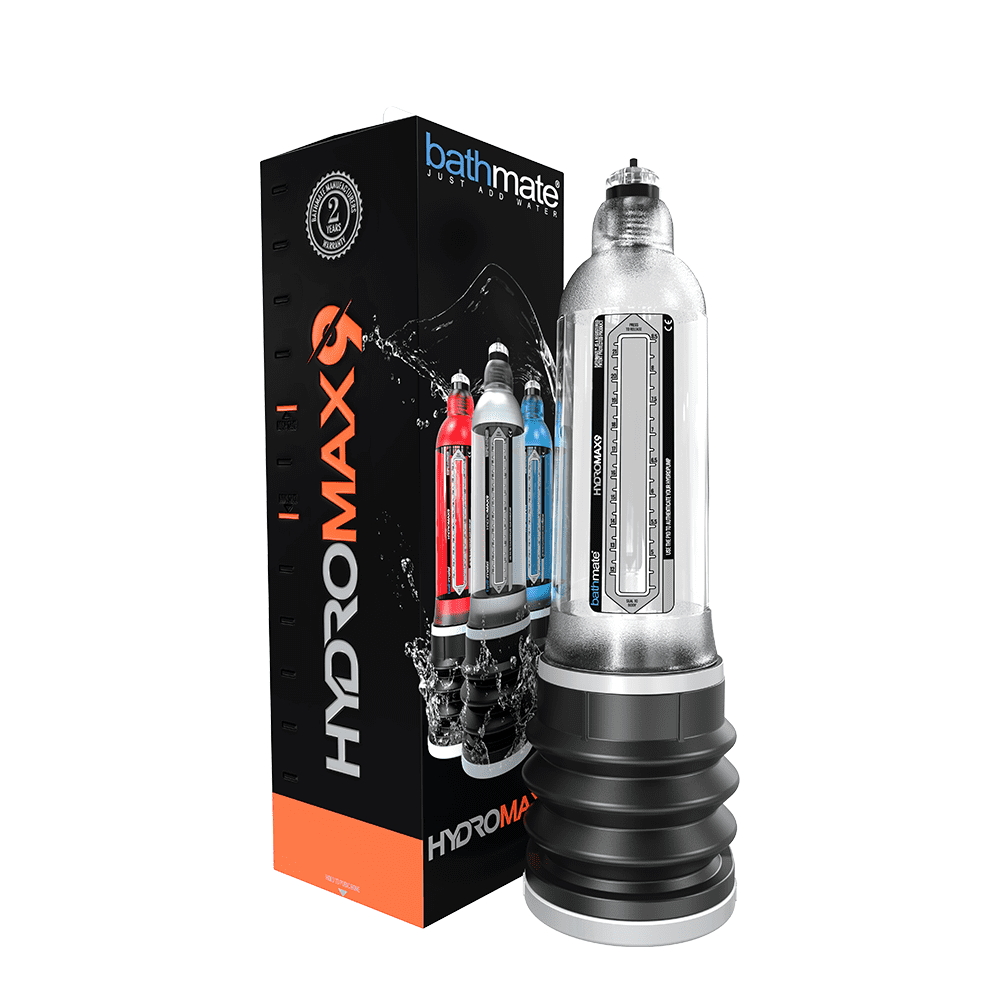
-2597-p.png)
-2597-p.png)
-2597-p.png)
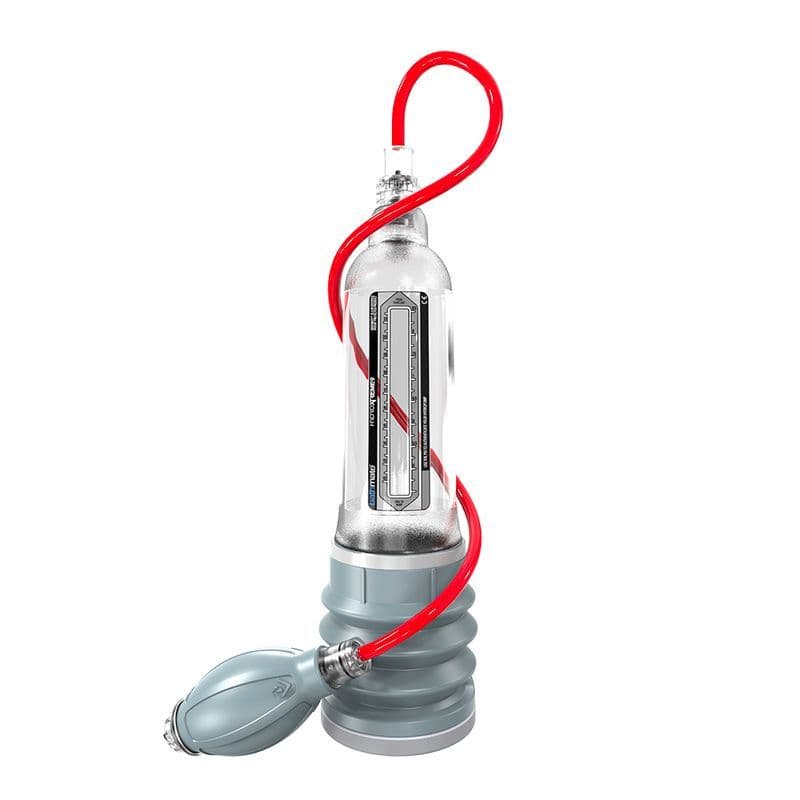
-2888-p.jpg)
-2888-p.png)
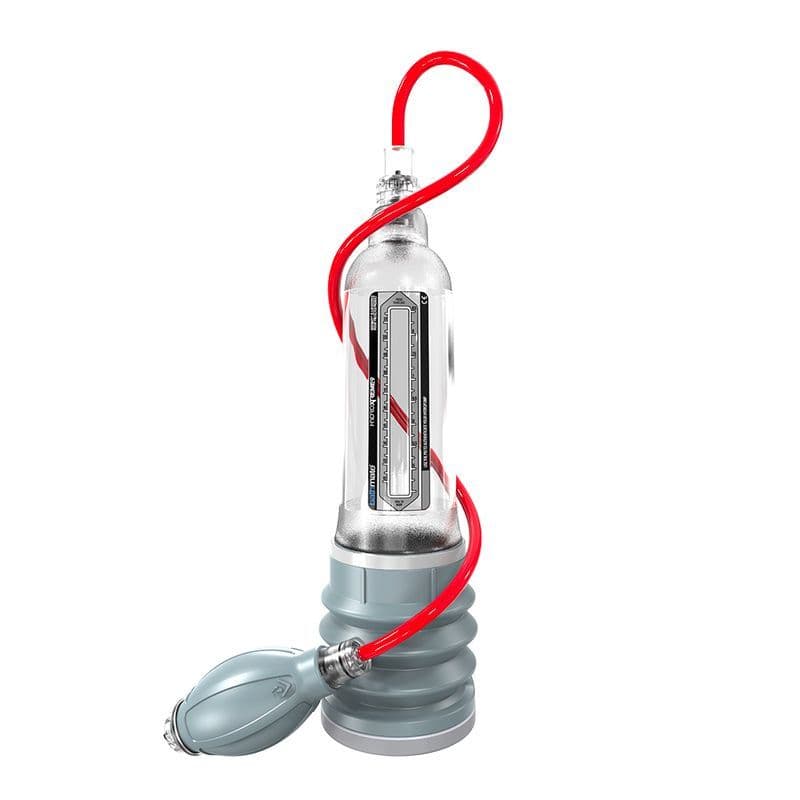
-3143-p.jpg)
-3143-p.jpg)